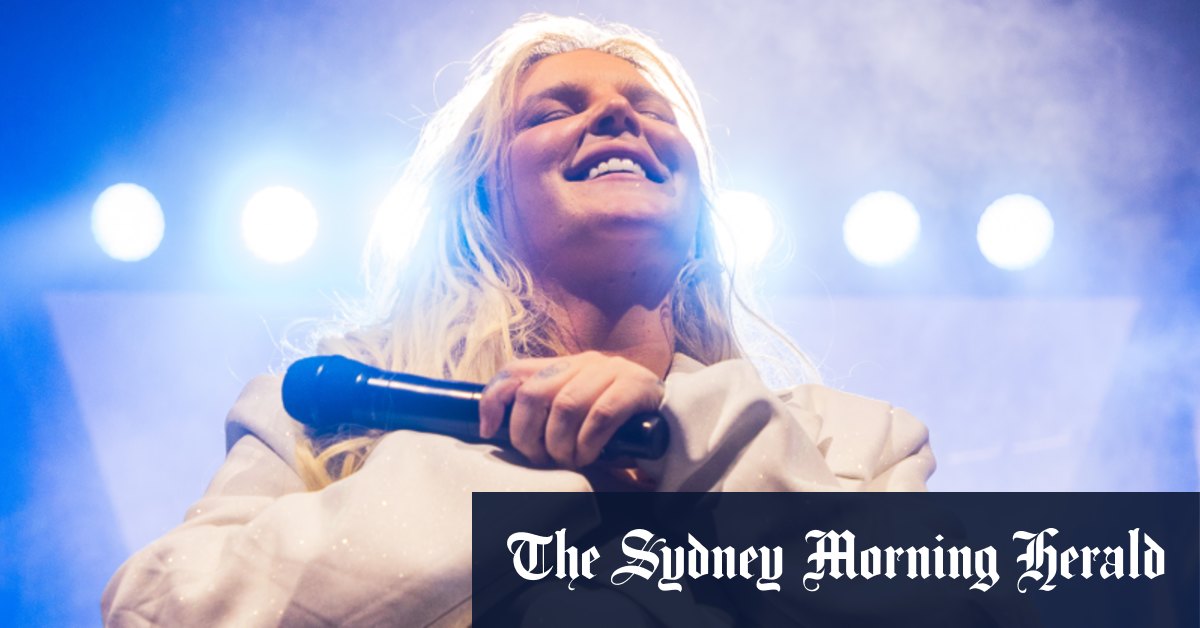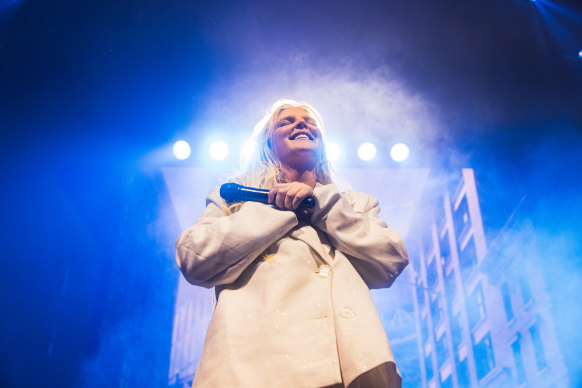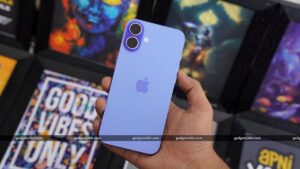
“And the artists will say, ‘OK, we’ll do 10 per cent of the house, or 5 per cent of the house, or X thousand tickets’. And we’ll cap the increased price at two times or three times the face value of the ticket.
“So we’ll nominate those tickets in advance, and we’ll put them on hold … If the demand is not what is expected, those tickets will be marked back to the standard price… If there is a high demand, we’ll release those pre-nominated higher-price tickets to capture some of the value.”
Some states in Australia have laws against hyperinflated ticket reselling. In Victoria, the mark-up for tickets for declared major events is capped at 10 per cent above face value. In South Australia, it applies to all events for which a resale restriction is in place. In NSW, the cap applies to all events.
Live Nation Australia has been in the spotlight for a couple of years, as Australia’s live music sector has struggled in the wake of the COVID pandemic, cost-of-living crises and after two of the major music festivals it owns, Falls and Splendour in the Grass, were cancelled. A Four Corners report recently accused the company of charging consumers hidden fees, “robbing” artists and “misusing” its market power.
“We wanted to hear from Live Nation,” said committee chair Brian Mitchell as he welcomed Coppel to the hearing. “You’ve come up a fair bit throughout the inquiry, both good and bad.”
While Coppel presented secondary ticketing as a threat to artists’ incomes, it is in fact a crucial part of Live Nation’s business model.
The parent company’s most recent annual report states its intention to “grow the volume of secondary tickets sold”.

Emerging or emerged?: Tones and I.Credit: Richard Clifford
Asked what the company was doing to promote emerging Australian artists, Coppel referenced its Ones to Watch initiative, where the company claims it has “promoted over 900 shows for developing artists” in smaller venues (less than 1500 capacity) since 2016.
He then gave an example of an Australian artist who had benefited from the company’s support.
“We put Tones and I out with Pink on Pink’s 20-stadium tour earlier this year, put her in front of an audience of nearly a million ticket buyers,” Coppel said. “She has now toured and done 22 shows as a headliner in arenas around Australia.
Loading
“I look at that and I see the progression of an Australian artist who started out busking and has ended up as an arena headliner. And I see the potential for any Australian emerging artist who’s given the opportunity to have a similar success path.”
It’s unlikely, though, that many struggling musicians will accept the characterisation of Tones and I as an emerging artist.
Frankston-raised Toni Watson’s 2019 breakout hit Dance Monkey has been viewed more than 2.1 billion times on YouTube and won ARIA song of the year in 2020. She owns several properties on the Mornington Peninsula and was included on BRW’s Young Rich List in 2023 with an estimated fortune of $35 million.



